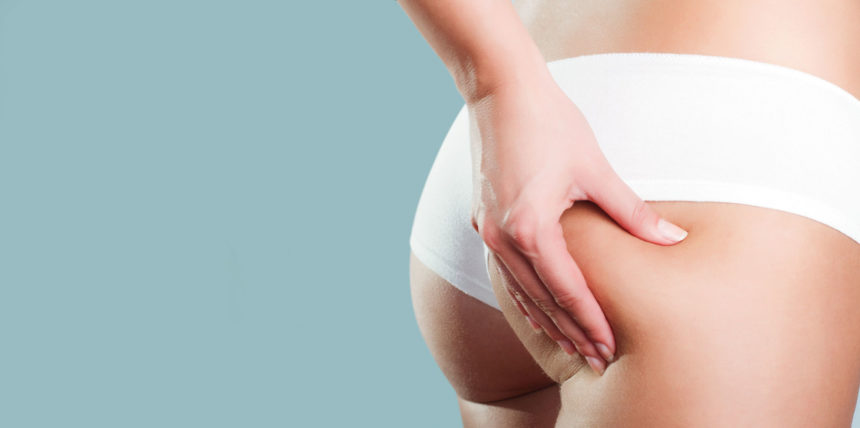The cellulite topic as discussed by Dr. Michela Galimberti
Cellulite is inflammation of the tissue found in the subcutaneous fat of the skin. 150 years ago the French coined this term to identify a common disorder initially characterised by peeling skin that mainly affects the buttocks and the front of the thighs.
Cellulite is extremely prevalent in women; in fact, it has been estimated that over 90% of women worldwide are affected, with the highest incidence among white and East Asian women.
Causes of cellulite
Despite the high incidence of cellulite, there is great confusion surrounding both the classification and the treatments proposed, as explained by Dr. Bencini and Dr. Galimberti.
In fact, the generic indication of cellulite covers a whole series of disorders, ranging from water retention to accumulation of fat with hollows and protuberances.
The great confusion surrounding the definition of cellulite has also produced much uncertainty about the causes of this blemish and the possible treatments.
According to Dr. Bencini and Dr. Galimberti, cellulite is a disorder that is much more common in women than in men because the structure of fat differs between women and men. In fact, the fat in women is separated from the fibres running straight from the lowest layer of the skin to the surface, while in men these fibres are angled at 45 degrees.
In women, progressive thickening tends to push the fat contained between the different layers towards the surface which then herniates.
This explains the hollows and protuberances that characterise cellulite. Dr. Bencini explains that this discovery has led to a revolution in treatments which, until 2000, were targeted in particular at reducing fat and thinning out adipose tissue.
Innovations in the treatment of cellulite and orange-peel skin
The use of creams and massages, as Dr. Galimberti explains, is not a real solution for the problem of cellulite, but can only be used in those cases where there is, for example, a problem with microcirculation or water retention; it will not work in cases without these side effects.
So, over the years, notes Dr. Galimberti, an increasing number of surgical techniques have been developed that have allowed doctors to intervene more effectively in fixing cellulite blemishes, or at least treat the appearance of orange-peel skin.
This technique, which has been developed since the early 2000s, involves intervening on the fibrous septae responsible for the hollows in the skin; this has long been handled by a surgeon and it was somewhat hit and miss whether the surgeon could achieve the desired results.
Studies have led to the development of treatment able to standardise this method through the use of a vacuum, continues Dr. Galimberti, which levels and then reduces the tension in the skin. It is possible to perform a resection on the skin to even out all the hollows and protuberances.
Treatment methods
It is essential to ensure the stability of this result, underlines Dr. Bencini.
Over the past 3 years, all studies have shown that there is no chance of a relapse since severing the fibrous septae reduces the tension in the skin which causes its orange-peel appearance. This does not entirely remove the blemish, continues Dr. Bencini, because the cellulite can present itself in other areas of the skin.
The treatment can be performed on an outpatient basis under local anaesthesia and the duration will depend on the extent of the area to be treated.
However, explains Dr. Galimberti, the patient will have to follow a strict recovery plan regarding lifestyle even in the months and years after treatment.
Obviously, adds Dr. Bencini, after this type of treatment for cellulite, it is advisable to abstain from physical activity, the patient should not visit gyms, saunas or Turkish baths, and should even avoid very hot baths and exposure to heat lamps until the skin has completely healed.
Moreover, to optimise recovery time, it is important that the patient abstains at least one week before the intervention from taking anti-inflammatory drugs and should also avoid the consumption of alcohol because, as a vasodilator, it could worsen the bleeding and therefore increase the severity of the haematomas that form during the procedure.
About Dr. Galimberti Michela
State Medical Board: 26933 Milan
Dr. Michela Galimberti is specialized in Vascular surgery and she earned a Master’s Degree in Morphofunctional Aesthetic Surgery. She’s a member of many important scientific associations including SILD, Italian Society for Radiofrequency in Plastic surgery, Aesthetics and Dermatology and the Italian High-Tech Network in Dermatological Sciences.


